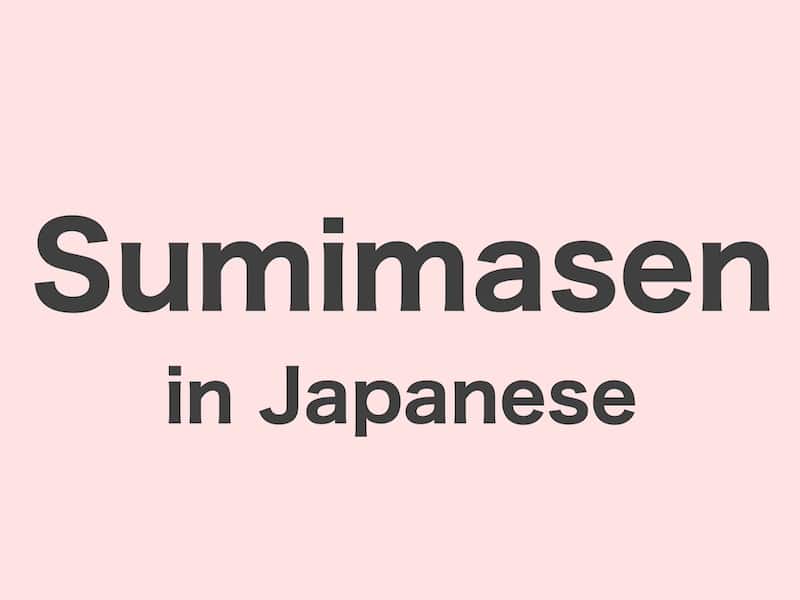In the tapestry of Japanese social interactions, ‘Sumimasen’ threads its way as a versatile tool, embodying politeness, apology, and more. Understanding and employing ‘Sumimasen’ is akin to wielding a social brushstroke in Japanese culture.
In this guide, we’ll unravel the intricacies of ‘Sumimasen,’ exploring its multifaceted nature and how to use it seamlessly in different scenarios. Let’s embark on a journey to master the art of ‘Sumimasen’ and navigate the depths of Japanese etiquette with ease.
“Sumimasen” is a versatile term in Japanese that’s used in various contexts:
Excuse me
すみません。駅はどこですか。 (Sumimasen. Eki wa doko desu ka.)
Translation: “Excuse me. Where is the train station?” Usage: Used to politely get someone’s attention or ask for information. It’s a polite way to interrupt or seek help.
Thank you
すみません。 (Sumimasen.)
Usage: In some cases, “Sumimasen” can be used as a polite way to express gratitude or say “thank you.” It implies a sense of indebtedness or apology even when receiving help or favors.
I’m sorry
すみません。 (Sumimasen.)
Translation: “I’m sorry.”
Usage: This is the classic usage of “Sumimasen” as an apology. It’s used to express regret or to apologize for inconveniencing or bothering someone.
I’m ready to order
すみません。 (Sumimasen.)
Translation: “Excuse me. I’m ready to order.”
Usage: In a restaurant or when ready to make a request, “Sumimasen” is used to politely get the attention of the server or staff.



コメント